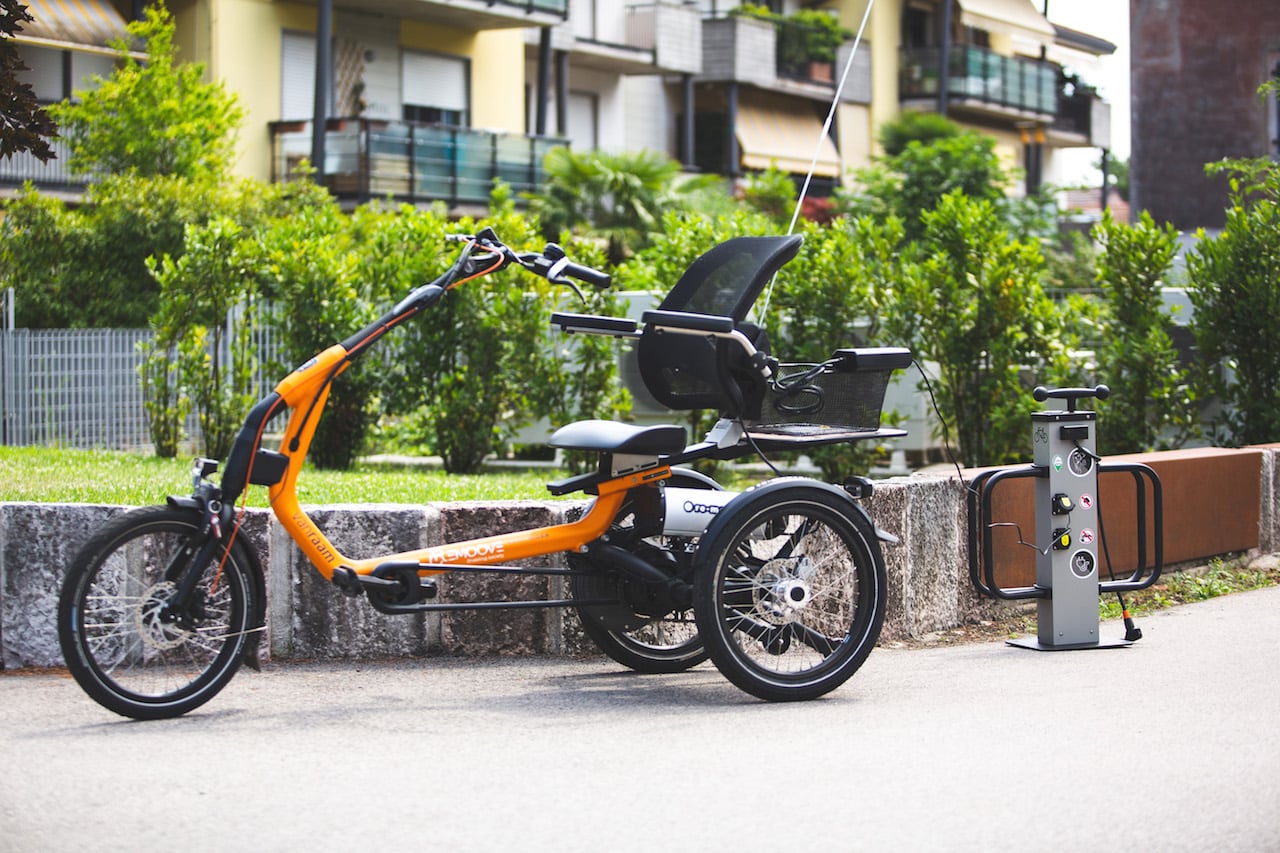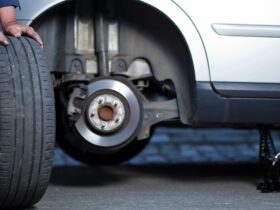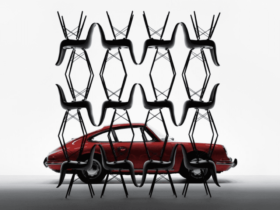In Italy, electric micro-mobility needs to be strengthened. Research published by Motability finds that charging stations for electric vehicles. They can also be useful for people with disabilities who travel in an electric wheelchair.
The two-wheeled electric vehicle sector. In particular, electric micro-mobility is facing a period of great growth. According to the Bicycle Ecosystem report. By 2030, sector operators expect to reach 17 million pieces of electric bikes (+ 16% average annual growth). Thus surpassing the sale of muscle bicycles.
More electric bikes also means more charging points on the territory. In Italy the boom in e-bike sales is also increasing the number of columns. Despite having reached 19,324, unfortunately it does not guarantee sufficient coverage.
Facilitate the movement of people with disabilities and encourage lovers of cycling. The dual utility of the charging stations
The widespread presence of charging stations not only encourages people to choose a means of transport. As sustainable as possible and would facilitate cycling lovers. Above all, it supports those who can can only move in mechanical or electric wheelchairs.
For people with disabilities, in fact, organizing their travel independently is still not easy today. Because of the numerous architectural barriers that prevent or hinder the passage. The lack of accessible charging facilities capable of meeting their needs.
Given the spread of cars, electric vans but above all motorcycles and electric bicycles. In fact, the charging service is destined to become predominant in the coming years and gain an increasingly massive importance. Investing in the accessibility of charging installations is a job. This must involve all Italian local administrations, but above all producers and all operators in the sector.
Bike Facilities, the company founded in 2015 with the aim of researching, developing and promoting products, is also convinced of this. For territorial micro electric mobility and in particular columns for recharging and repairing electric and mechanical bicycles.
“To ensure adequate coverage of charging infrastructure, there is still a lot of work to be done. Despite the fact that the number of recharging points on the national territory has increased by an average of 39%. The Italian infrastructure network does not yet guarantee total accessibility of the recharging points. A reasoned work would help not only the electric vehicle sector. To breach the intentions of choice of the Italians but would allow those who can move. Only through mechanical or electric wheelchairs to have precise and adequate reference points ”he explains Fabio Toccolifounder of Bike Facilities.
Electric micro-mobility: charging columns are needed
Eliminating architectural barriers and ensuring the availability of up-to-date information: what makes a charging point accessible
The electric vehicle revolution is a trend that will only grow and consolidate, but does the same thing apply to the accessibility of charging facilities?
In Great Britain they have already asked themselves the question. A study published by the DRC and commissioned by Urban Foresight. Provider of pop-up urban columns that protrude from the roadway at the time of use. This notes that the concerns of drivers with disabilities about the problem of charging battery vehicles. According to the research. Two thirds of people with disabilities fear they will find electric vehicle charging “difficult or very difficult to do” in its current form.
Indeed, the electric vehicle industry is often described as complex and confusing. Users typically feel like they have to do a significant amount of research when it comes to charging an electric vehicle.
For users with disabilities, the situation would become even more complicated. The lack of up-to-date and clear information would risk jeopardizing the success of a move from the outset.
Know in advance, for example, if a charging point is accessible. Whether or not it has room to maneuver around the vehicle is already a key concern for people with disabilities.
In a public charging environment. The ability to move comfortably, maneuver equipment and use low floors, lifts and ramps is key. It is also a good thing that the rest areas around the columns are flat, smooth (without gravel, grass, mud, pebbles or holes). And with level access (no curbs or steps). For this it is necessary to pay great attention to the much hated and unfortunately still too present architectural barriers.
Lack of reliable public charging infrastructure and accessibility signage. However it causes many motorists, motorcyclists and cyclists as well as people who travel on electric wheelchairs. They cannot undertake long journeys due to the impossibility not only to recharge in an emergency. Also to plan scheduled stops given the scarce information regarding the accessibility of recharging points.
















Leave a Reply
View Comments